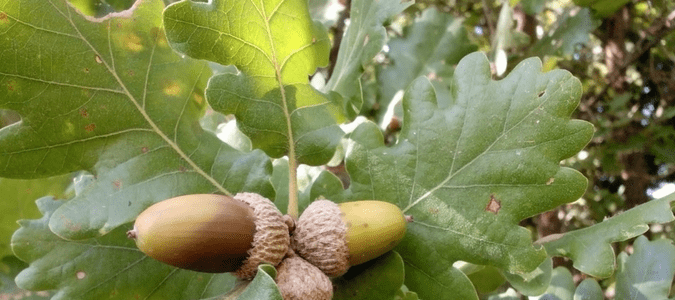Spring Plumbing Tips
Hanging a picture frame is one thing, but trying to do it yourself on any of your home plumbing can not only be expensive and dangerous, but could also drop you into some legal hot water! Most people are happy doing minor fixes like a leaky faucet, but when it comes to just about anything else involving water, it’s best to leave it to a professional master plumber. If you don’t know what you’re doing, messing with a plumbing system can result in not only serious damage and expensive repair bills, but potential health hazards.
There are still some Spring maintenance tips you can follow to protect your home against plumbing problems. Consider the following list:
- Check faucets for drips or leaks. Make repairs to save water.
- Check toilets for hidden leaks. Add six drops of food coloring to the toilet tank. If the toilet is leaking, color will appear in the bowl … Read Full Post »
